Fascism is not fascinating in art, the sole exception being Renato Bertelli’s Continuous profile of Mussolini) from
1933, manufactured by Ditta Effeffe with Mussolini’s approval. (Image credit plus story here.)
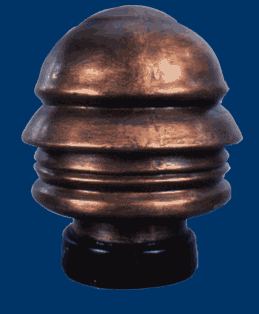 Aside from the Linda Blair head spin in The Exorcist (evil, evil, evil), the idea of a mind moving a head in directions its physical structure did not intend persists in art as philosophical speculation. Will the real head please stand up? (What real head?)
Aside from the Linda Blair head spin in The Exorcist (evil, evil, evil), the idea of a mind moving a head in directions its physical structure did not intend persists in art as philosophical speculation. Will the real head please stand up? (What real head?)
From 1989, Buster Simpson’s Seattle George Monument is an emblem of the city’s divided heart.
Twenty-eight feet tall and 12 feet in diameter, its base is a trellis
or open cube, above which hangs a Boeing 707 nose cone suspended on a
tripod. Just above the cone is a multifaceted monument head – 24
aluminum profiles of Chief Seattle, an armature for
English ivy. A sharpened template turning in the wind cuts the
ivy into Washington’s profile, which, when the ivy thickens, hides Chief Seattle in the greenery.
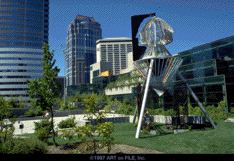
 From 1999, Kumi Yamashita’s Video of Dialogue.
From 1999, Kumi Yamashita’s Video of Dialogue.
From 2005, Tim Noble & Sue Webster, Spinning Heads, (via)
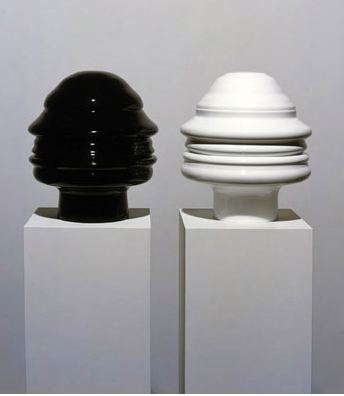 Tony Cragg (image via)
Tony Cragg (image via)
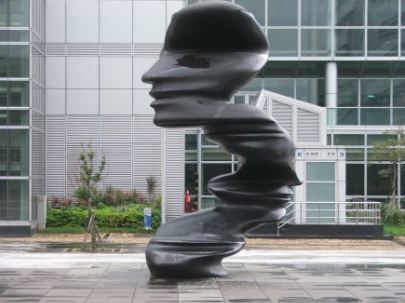 To evoke a burning candle, Barry X Ball (via)
To evoke a burning candle, Barry X Ball (via)
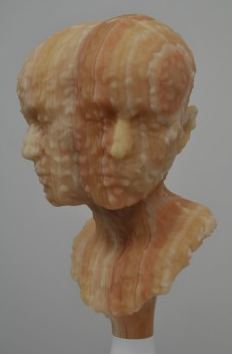 From 2007, memory merges you with others. Sherry Markovitz, Mothers and Daughters. (via)
From 2007, memory merges you with others. Sherry Markovitz, Mothers and Daughters. (via)
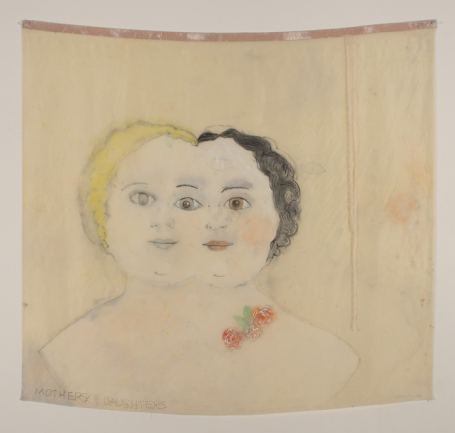 Time’s inconsistent personal arc, Ari Young’s portrait of Michael C. McMillen, (via)
Time’s inconsistent personal arc, Ari Young’s portrait of Michael C. McMillen, (via)
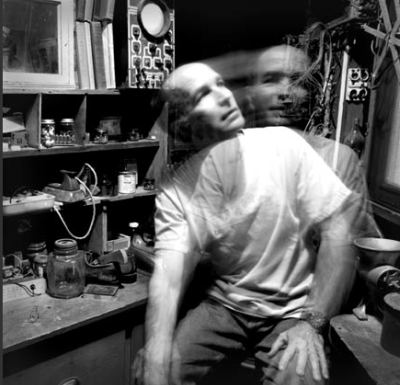 Jackie Anderson, via
Jackie Anderson, via
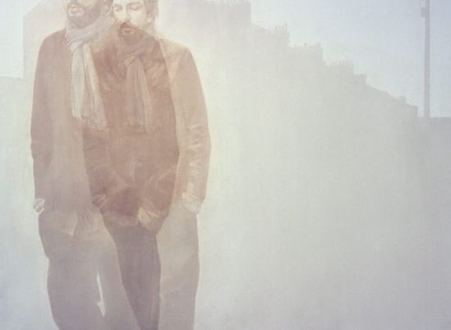 From 1996, sometimes the two of you are stuck with each other. Johan Urban Bergquist (via)
From 1996, sometimes the two of you are stuck with each other. Johan Urban Bergquist (via)
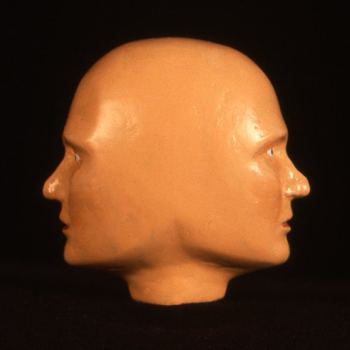 Which makes it hard to get through the day. Harold Haydon, Untitled, 1946. (via)
Which makes it hard to get through the day. Harold Haydon, Untitled, 1946. (via)




“Fascism is not fascinating in art, the sole exception being Renato Bertelli’s Continuous profile of Mussolini”
Huh?
Regina, when you toss off these sweeping generalizations, I feel the need to invite more admiration from your lovely anonymous commenters, by disagreeing.
First, this work is Futurism, not Fascism. It just happens to have a Fascist subject. And Futurism was one of the most interesting, and subtly influential, art movements of the 20th century.
But Fascism, in art, has been fascinating enough to spawn books, shows, and entire museums dedicated to it.
The Wolfsonian, in Miami, has, at the core of its collection, the graphic and decorative arts of political propaganda, including heaps and heaps of fascinating Italian and German fascist art.
And while it is certainly not pleasing and comforting in the style of Christopher Alexanders Pattern Language, the architecture of the Third Reich, and of Mussolini, is fascinating in its own right.
The EUR, outside of Rome, is a strange hybrid of Art Deco and Classicist Greek styles. The art deco bunkers of the Atlantic Wall, across coastal France, are visually stunning.
http://en.wikipedia.org/wiki/File:Longues-sur-Mer_Battery.jpg
If anything, Fascist artworks and architecture prove that if the artist or designer is good, even horrible politics and philosophy cannot totally stamp out the spark of creativity.
Futurism in the service of Fascism, Ries. Most Futurism wasn’t. About the architecture, don’t agree. Regina